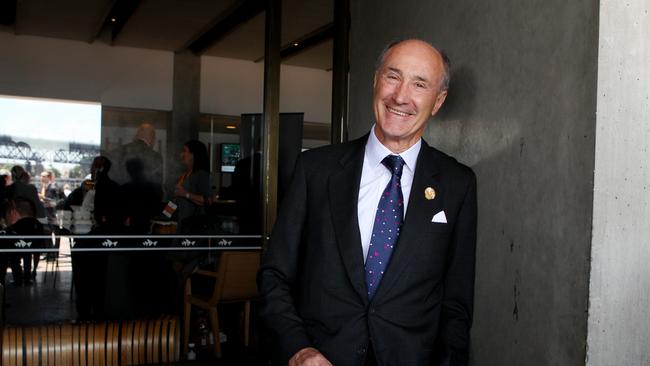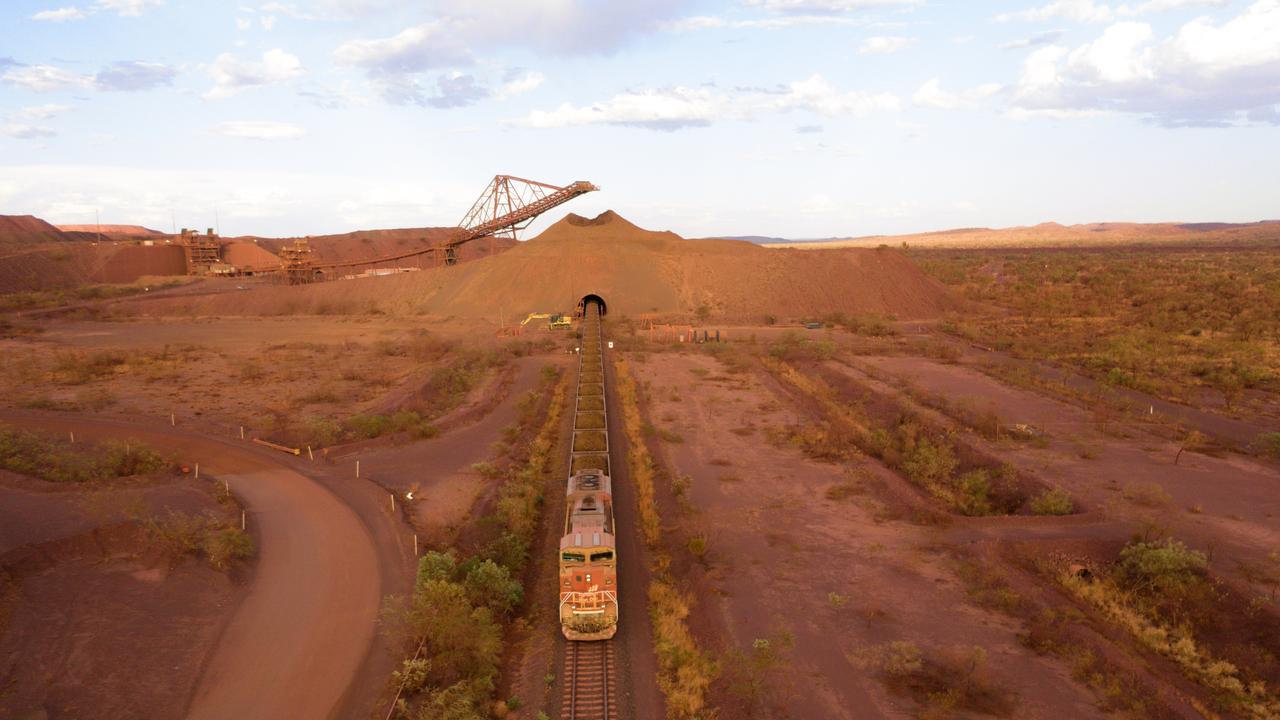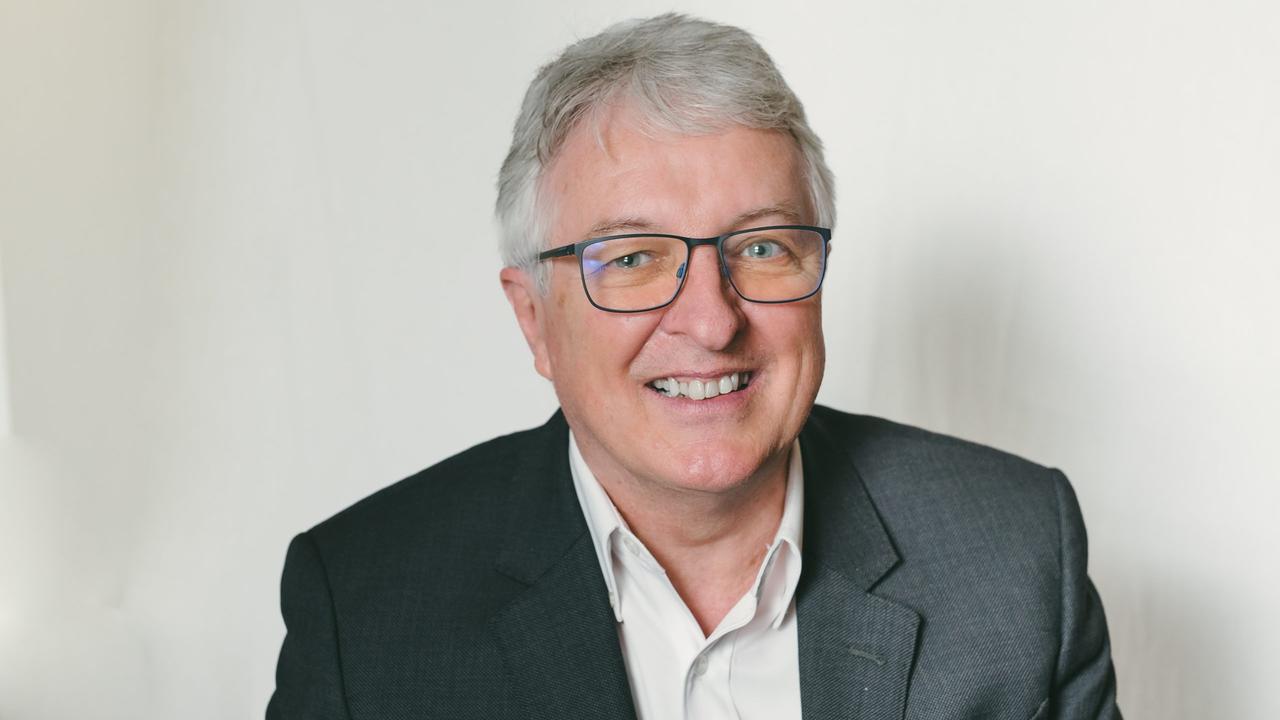Get ready to grab some bargain stocks, Platinum founder Neilson urges
Platinum Asset Management founder Kerr Neilson says investors should have a plan for buying back into the sharemarket.

Platinum Asset Management founder Kerr Neilson has warned that investors should have a plan for buying back into the sharemarket and should not become “locked in the bright lights of fear”.
The South African-born fund manager, who founded the $24bn company at the end of the recession of the early 90s, said Platinum was now buying some good value stocks in Japan and Europe.
“We are taking the shorts off, having picked up some nice gains, and buying selectively,” he said.
He said investors should not wait for the bottom of the market but decide what would be good prices to buy into some of the stocks they had always wanted to own.
“I would caution people from becoming completely locked down,” he said.
“Have a look at those fantastic companies you always wanted to own, but they always eluded you because you weren’t prepared to pay enough for them.
“Set yourself a price at which you are willing to buy them and get on with it.
“You have already had a 30 per cent drop in the price of many shares. If that is not enough (for you to buy), what would be?”
He said the plan should not involve buying in all at once, but possibly in stages, keeping a close eye on the market.
Mr Neilson said Platinum, which had tended to avoid the US market, was now buying stocks in Japan and Europe that were very well priced.
“I can find stocks I want to buy,” he said.
“They tend to be in Europe and Japan, where their prices have been really thrashed.
“I am talking about stocks which are down 40 per cent, which were not particularly expensive when they were up there.
“Some of these companies are as cheap as they have ever been.
“There are some famous companies in Japan, Europe and some parts of China which are now on very modest valuations.”
Mr Neilson, who now describes himself as an analyst at Platinum after handing over the CEO role to Andrew Clifford in July 2018, was working at market-leading fund manager Bankers Trust Australia during the stockmarket crash of 1987.
He went out on his own, founding Platinum, the first major Australian fund manager to specialise in international investing, in 1994, with the backing of Hungarian-American investor George Soros.
He floated Platinum on the ASX in May 2007, near the top of the market boom before the 2008 global financial crisis.
Mr Neilson said each market crash was different.
“In 1987, it was the rising cost of money which people had been ignoring for months.
“In 2008 it was gravity setting in. There was too much freedom for financial intermediaries to manufacture products and slice and dice them.”
He said Platinum’s shares had been marked down in recent times because of its wariness about the fundamentals of the US bull market.
Mr Platinum had been wary of share prices in the US recently because some had been artificially boosted by companies borrowing to buy back their own shares.
“We have tended to short the US market more than any other market,” he said.
“We have been worried about the amount of debt in some markets.
“The US was the market where we felt there were the most excesses — in terms of the market hype and the extraordinary valuations on some of the companies which have no revenue and no profits.
“All of these companies have been hit.”
Mr Neilson said the outbreak of the coronavirus was a “catalyst” for a market correction.
“We have seen corporate buybacks (in the US) where companies have taken credit for reducing the stock of their outstanding shares. They have been masquerading that this is part of their underlying earnings rates.”
Mr Neilson said some companies had lost their fear of borrowing because of expectations of a long period of continued low interest rates.
Platinum had believed for some time that there would be a “crack”, particularly in US markets, with corporate debt levels rising and economic growth slowing.
“We didn’t know what would cause a crack,” he said. “We have now discovered what it is.”
He said Platinum favoured Asian markets, including Chinese companies such as Alipay and Tencent.
“In the past five years, we have made 18 per cent compound out of our investments in China.”
Mr Neilson said that the market crash had highlighted the shortcomings of passive investing — buying stockmarket indexes and not picking individual stocks.
“This idea of passive investing beating active over a long period of time is highly unlikely.
“With passive investing you are always betting on the favourite.
“This whole idea that passive is the way to go gets shattered now.
“The last thing you want to do is have a bigger share of a market simply because it has been outperforming.”
Mr Neilson said he believed that the world was probably already in a recession. “Generally, around the world, we are in a period of contraction,” he said.
There may well be companies that would go bankrupt in the next few months as their cashflow dried up in response to the virus.
“There will be some nasties,” he said.
But over time markets would pick up again as companies got back to work.
Olev Rahn, who was head of funds management at Bankers Trust in the 1987 crash and is now a private investor, said he was starting to buy back into the market.
“It’s a real opportunity to chip away at quality stocks with reasonable balance sheets and long-term prospects,” he said.
“I have started to chip away over recent days as these large falls have occurred.”
He said the Australian market had fallen by about 20 per cent in one day in 1987 and about 50 per cent over time.
But he said some of the crash was about “getting rid of the crap” in the market at the time, including some high-flying companies with high debt levels. “In 1987 there was a very speculative run in the market. This market hasn’t been nearly as speculative as it was then.”
Mr Rahn said the 1987 crash had seen some speculative companies going out of business while quality stocks eventually recovered.
“I have seen a lot of speculative bull markets and subsequent downturns,” he said.
He said this market crash had been different because it was due to the coronavirus. But there would be a time in the future when people looked back on these prices and said “wow”.
“This is a virus-created panic, with the subsequent uncertainty about the length and depth of the downturn,” he said. “That is what the markets are discounting.”
He said he felt the world would go into a “shallow recession” in the wake of the virus but its length would depend on how long it took to subside.
He said the balance sheets of many US companies were not in good shape because of their high debt levels.
“Our balance sheets in Australia are in reasonable shape,” he said. “The banks are very comfortably capitalised.
“APRA (the Australian Prudential Regulatory Authority) has forced them to over a period of years.”
But he said there could be some credit issues in the US market with the emergence of a junk bond market and with the collapse of energy prices.
“A lot of shale oil companies could suffer and even default on their bonds,” he said.
“That will have ramifications in the credit markets in the US.”
Emilio Gonzalez, the chief executive of global fund manager the Pendal group, which manages some $100bn in funds, said the market crash had benefited from some of the lessons of the 1987 crash, including being able to temporarily shut down trading in markets in the event of big falls.
“I started work a year or two before the 1987 crash,” he said. “They didn’t have the stop gap measures in the market then that they do now.
“That was one of the lessons of the 1987 crash to provide a more orderly market.”
Mr Gonzalez said the financial crisis of 2008 and 2009 was “ a scary moment in terms of the financial system” which included a sharp fall in liquidity.
“It was always going to have to have a five to 10 year recession to re-establish the balance sheet of some companies.”
He said the economy and markets could well suffer for the next three to six months. “But the economy will come back and the market will recover,” he said.
“If we look back in three or five years’ time, this is going to have been a great opportunity to get access to companies and businesses at multiples you rarely see.”



